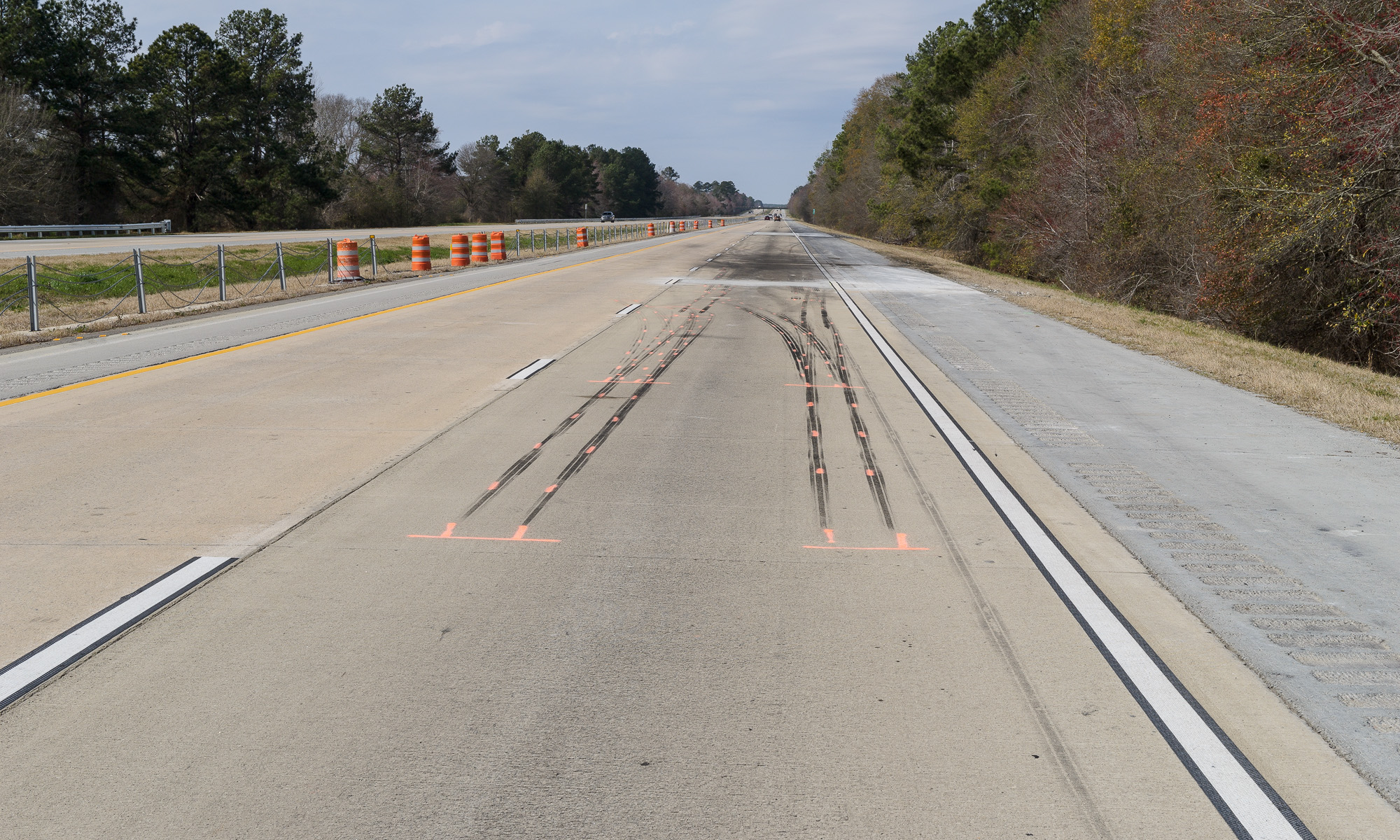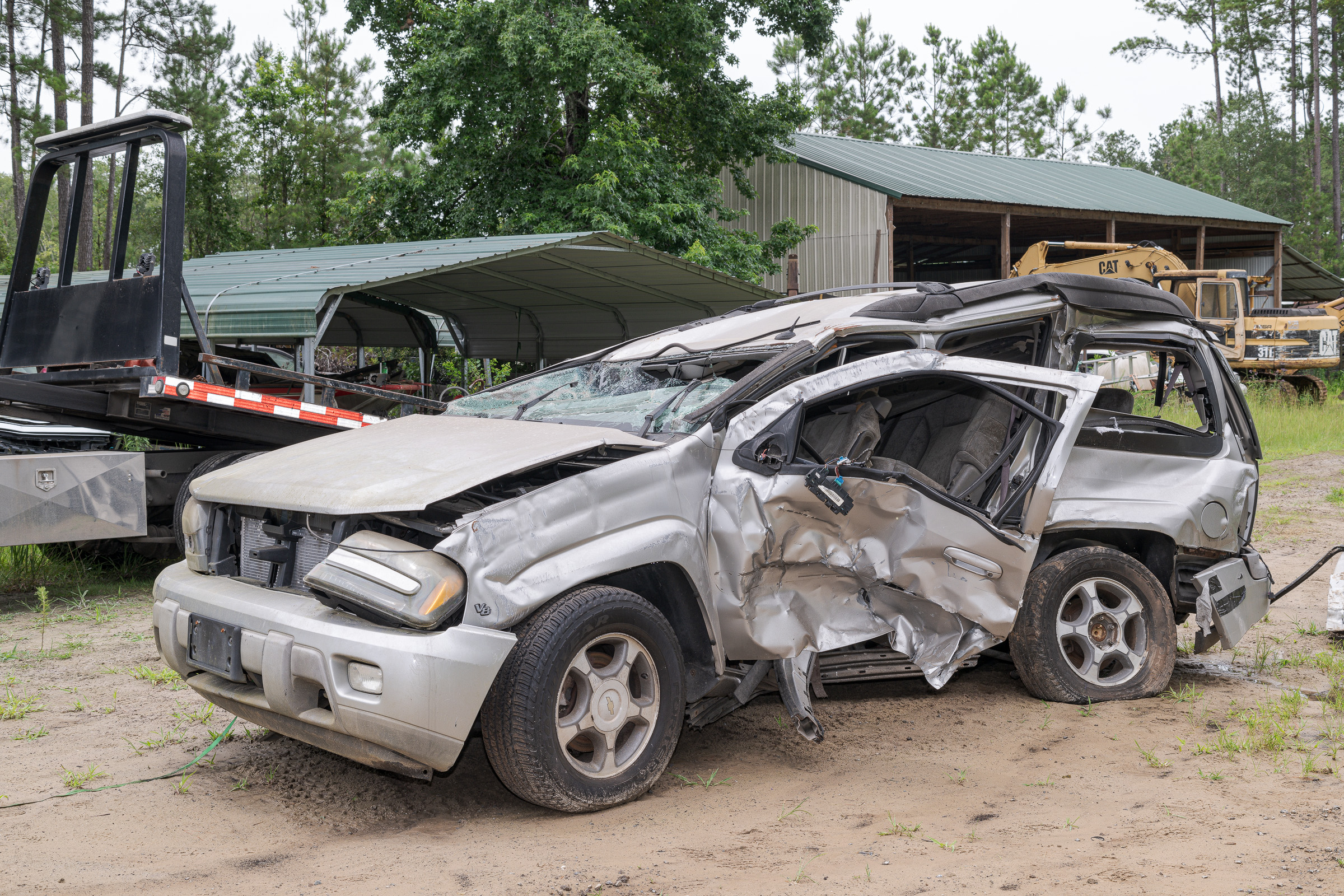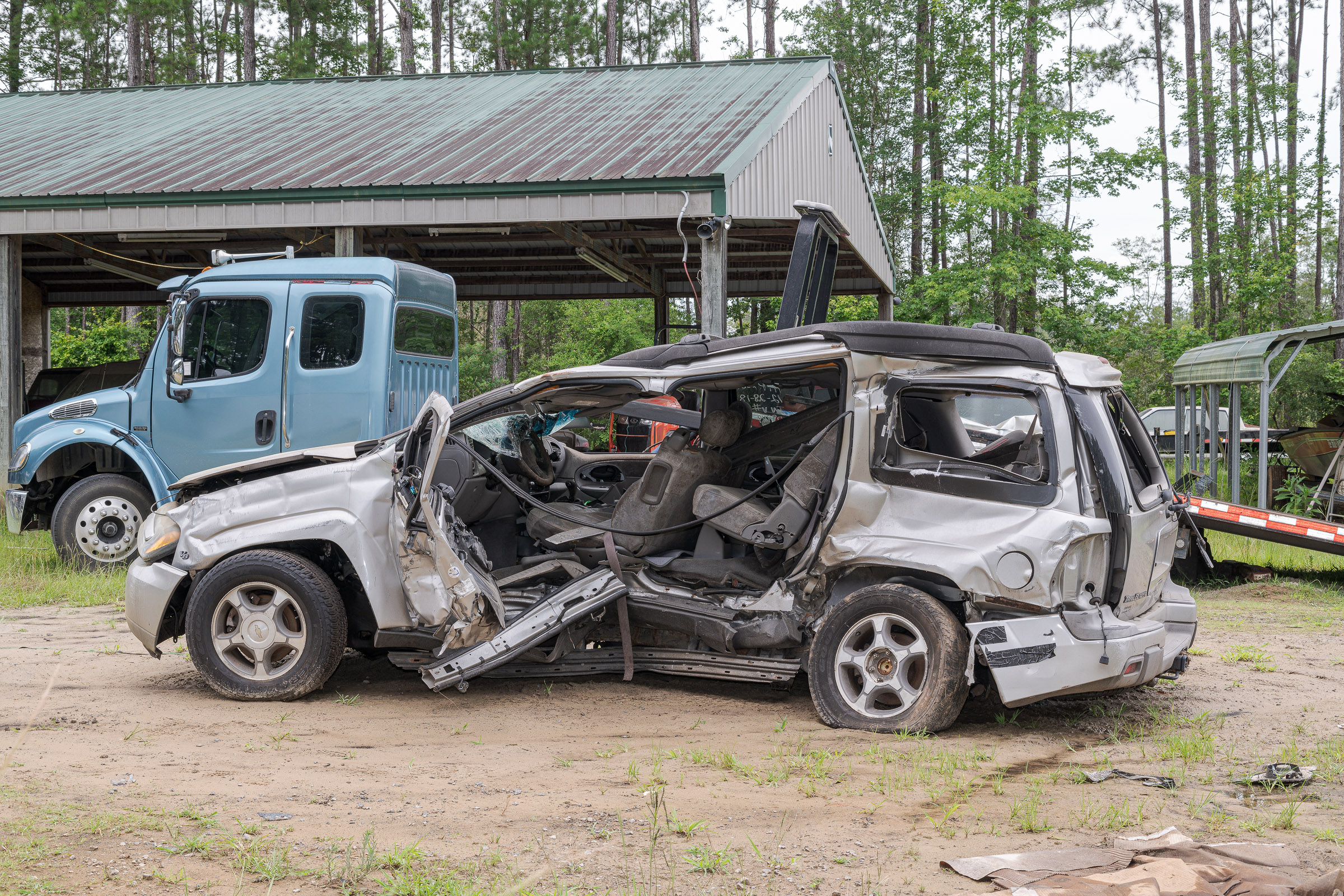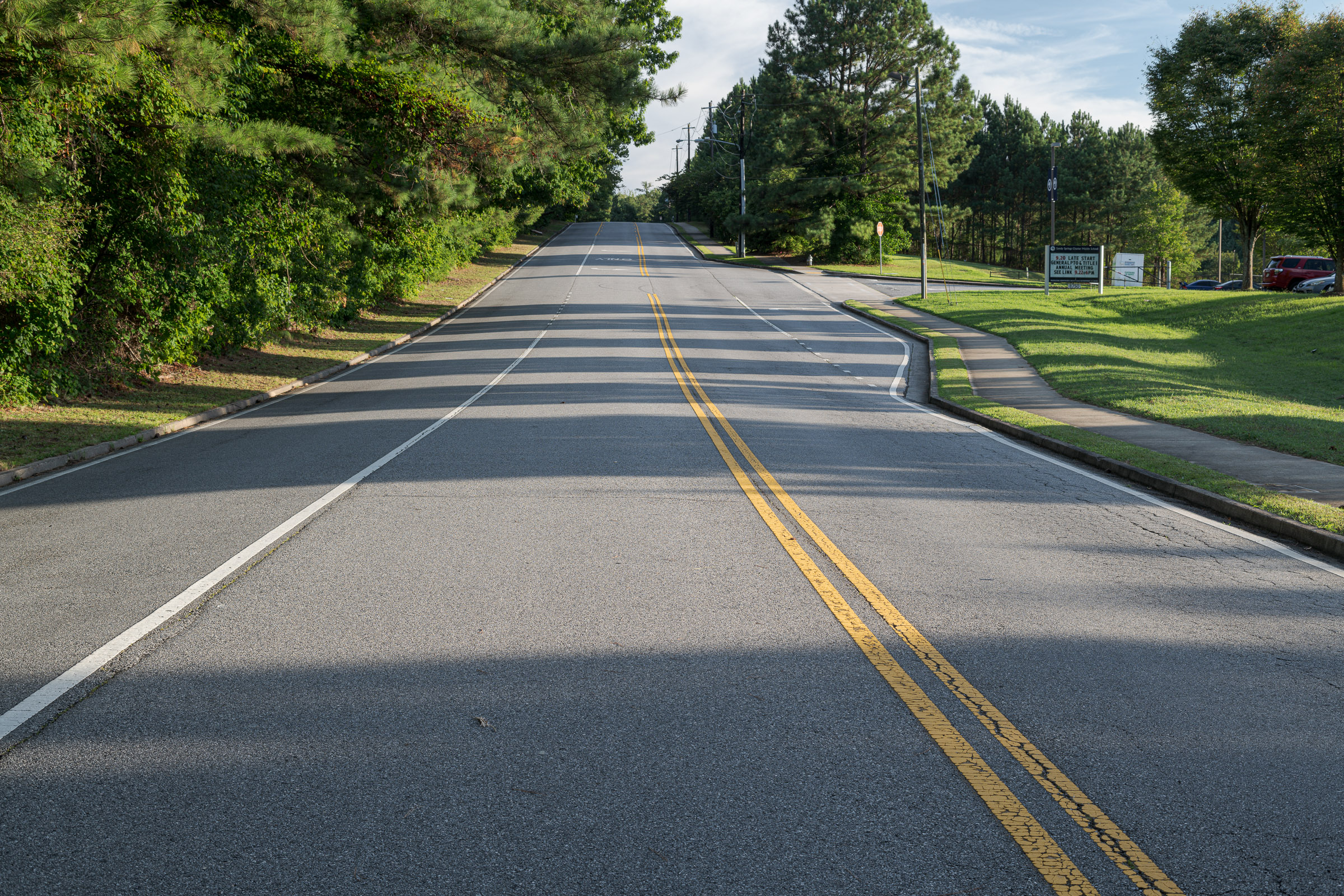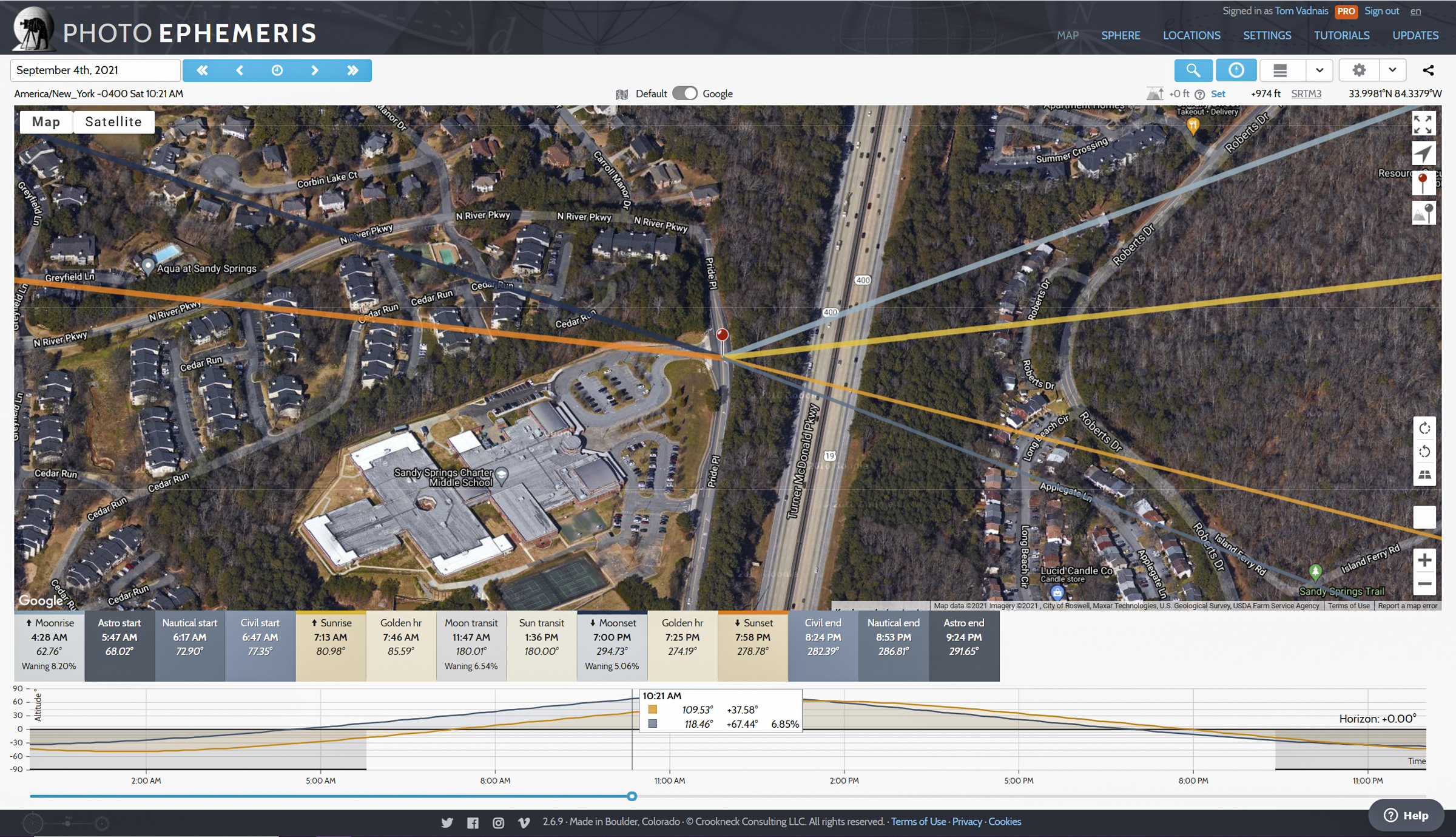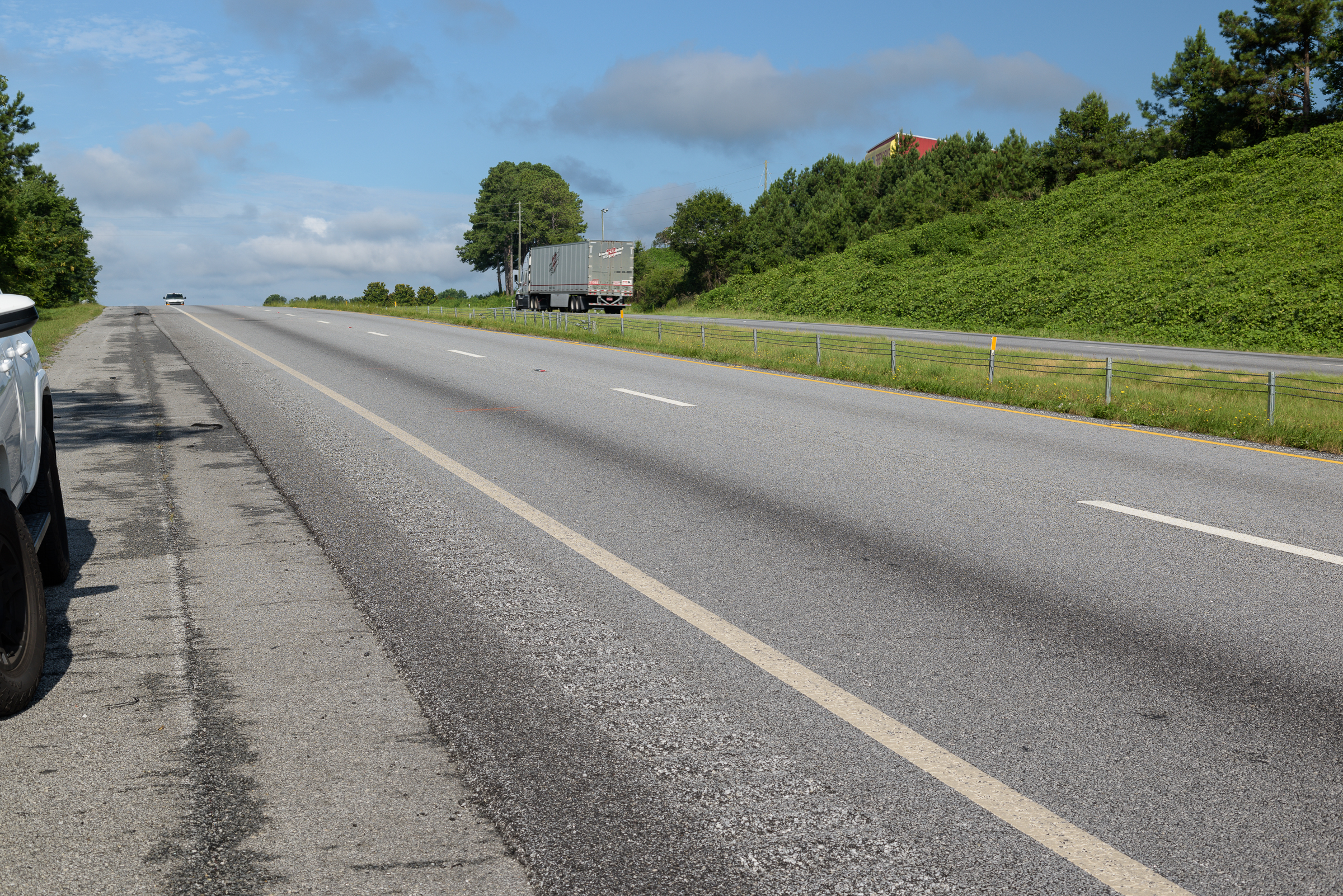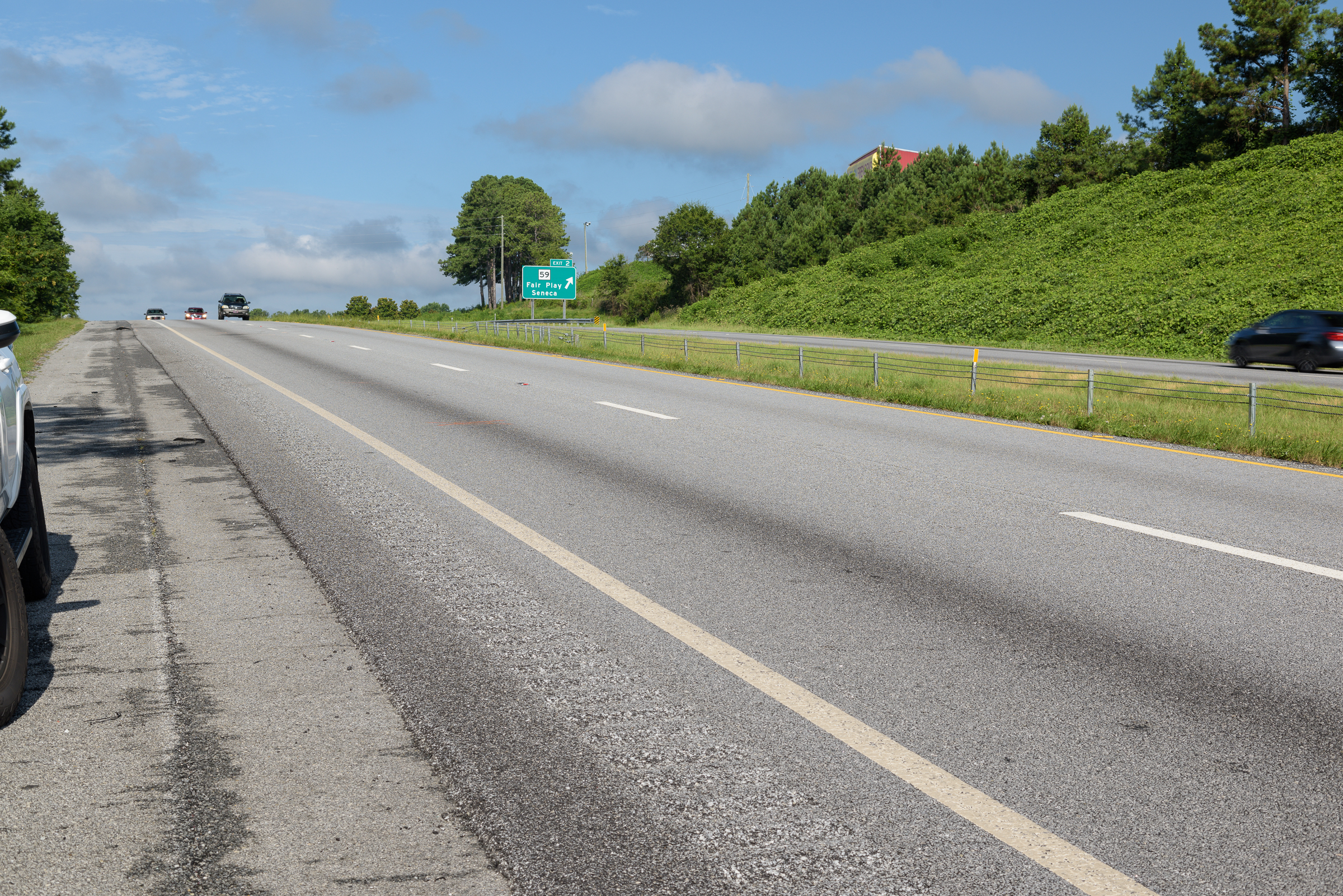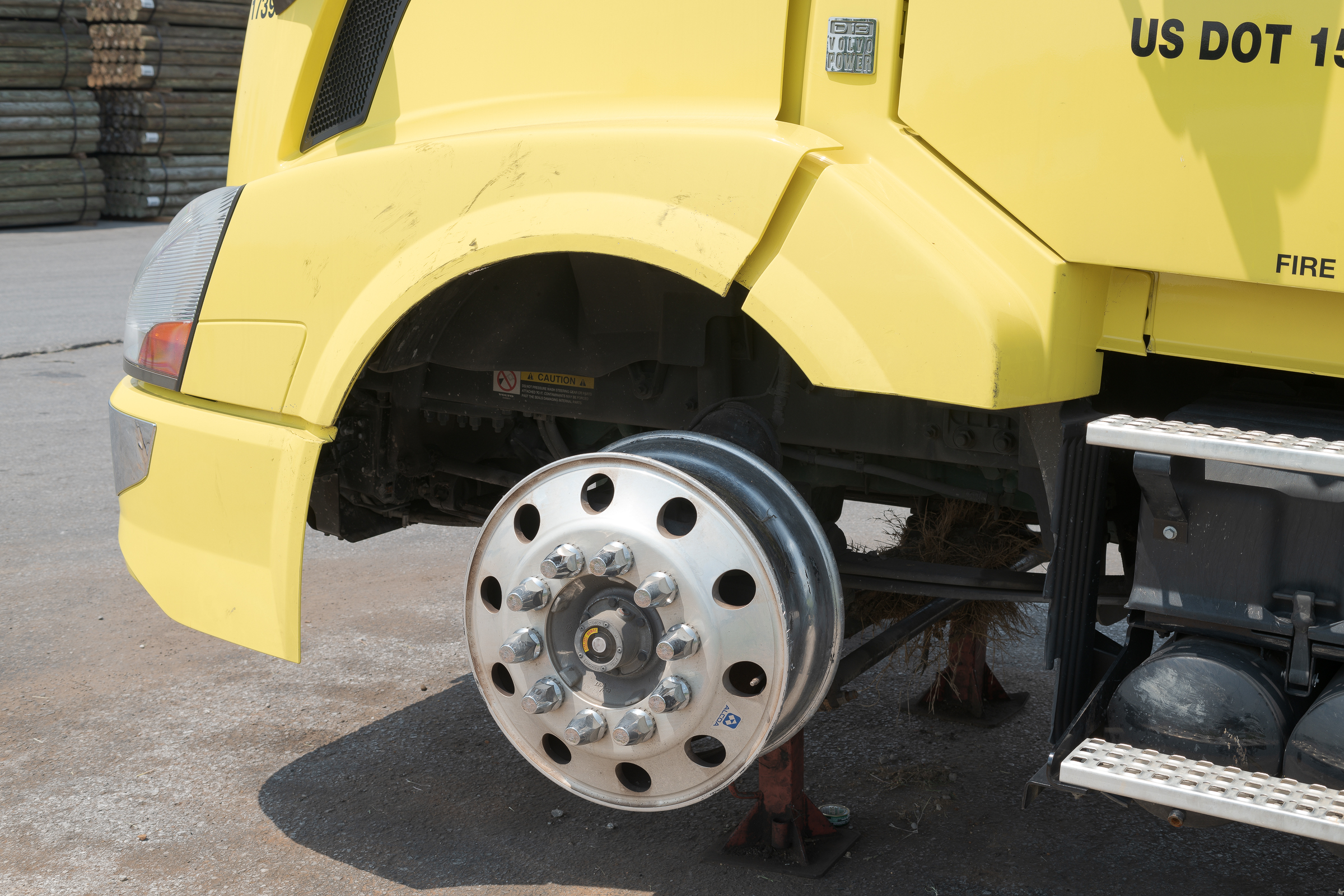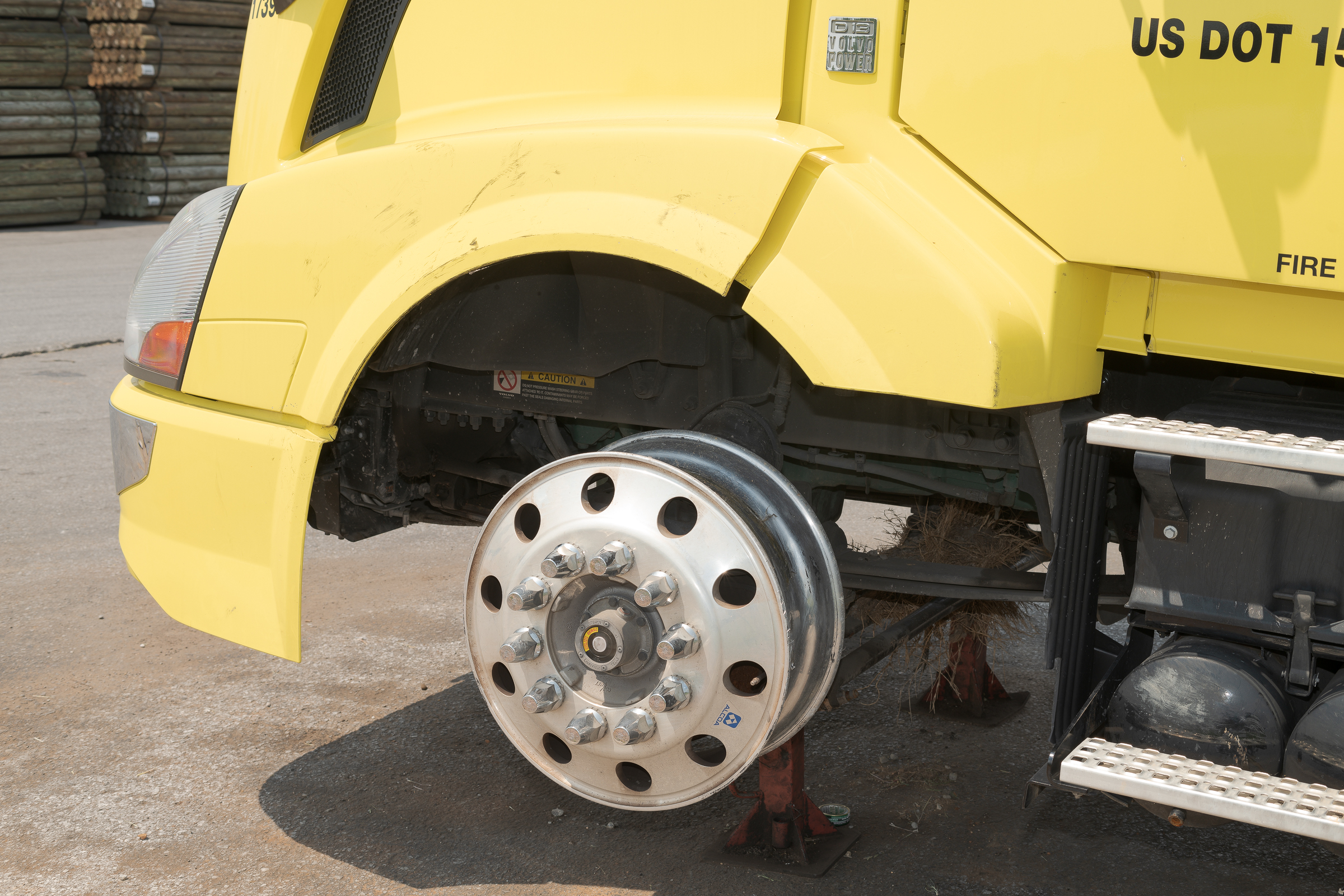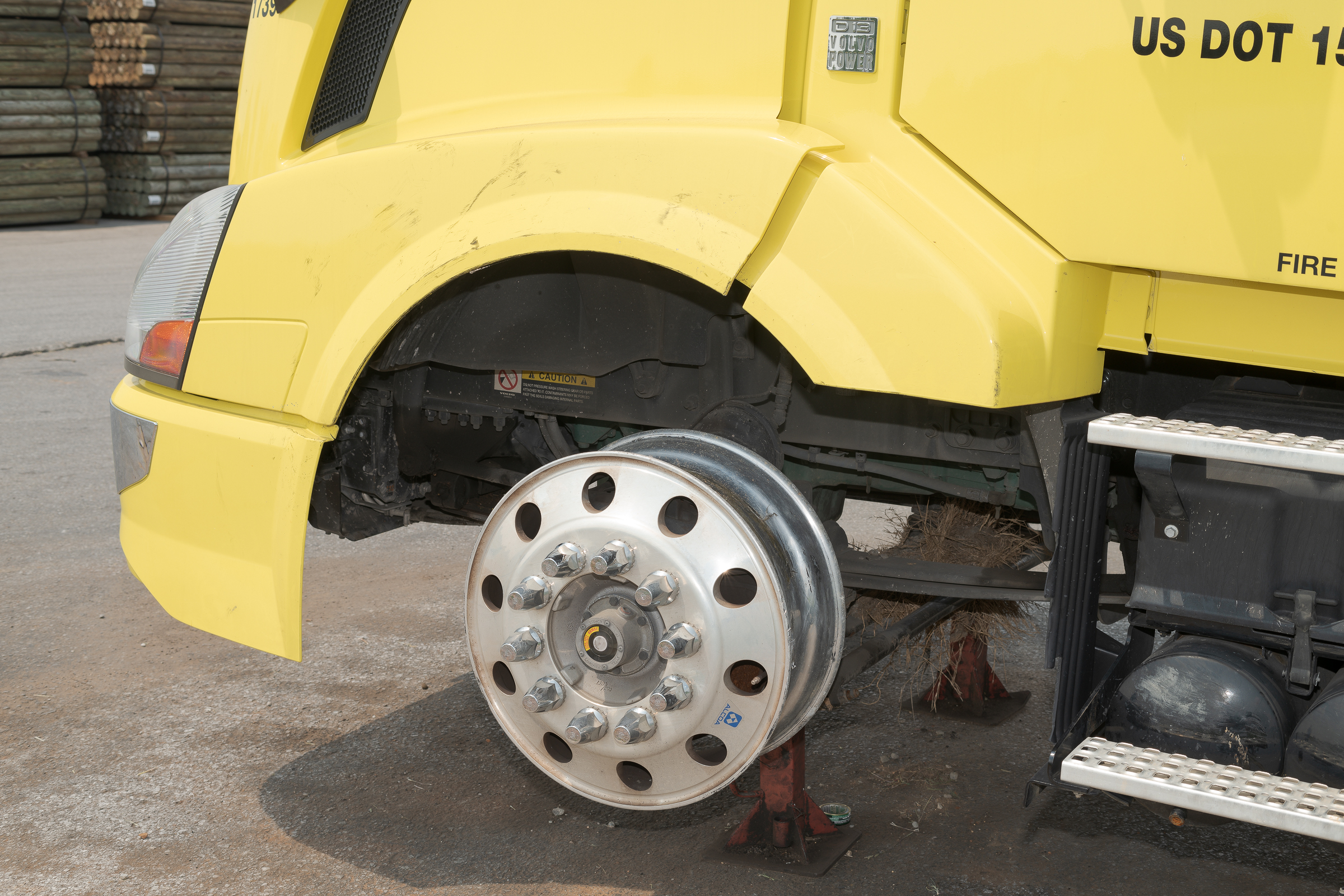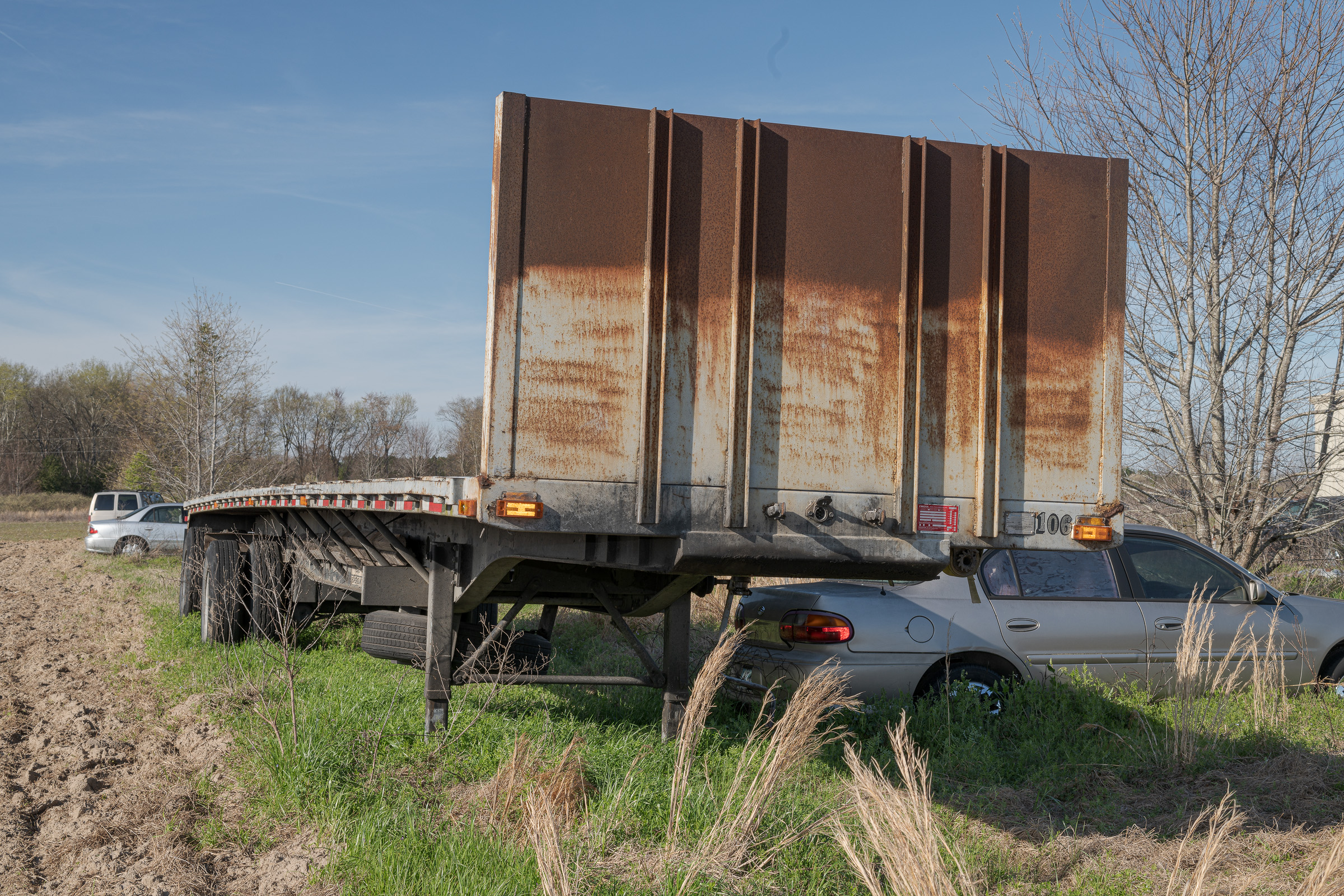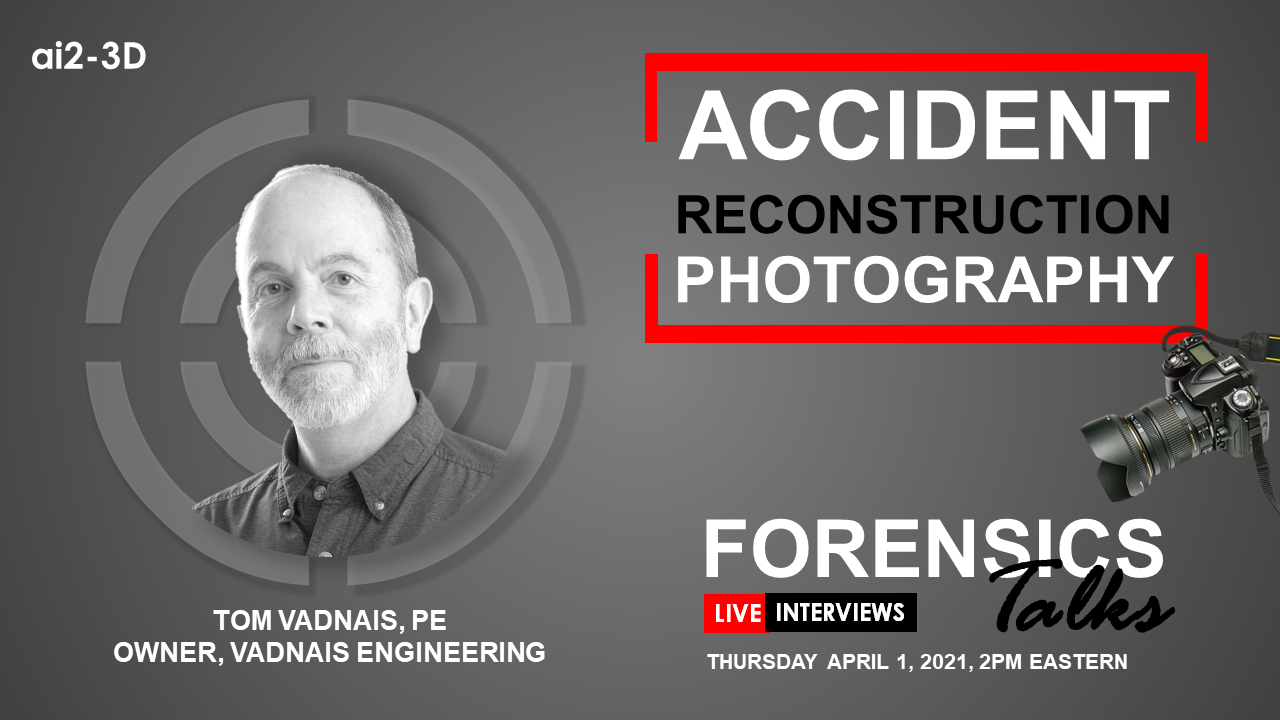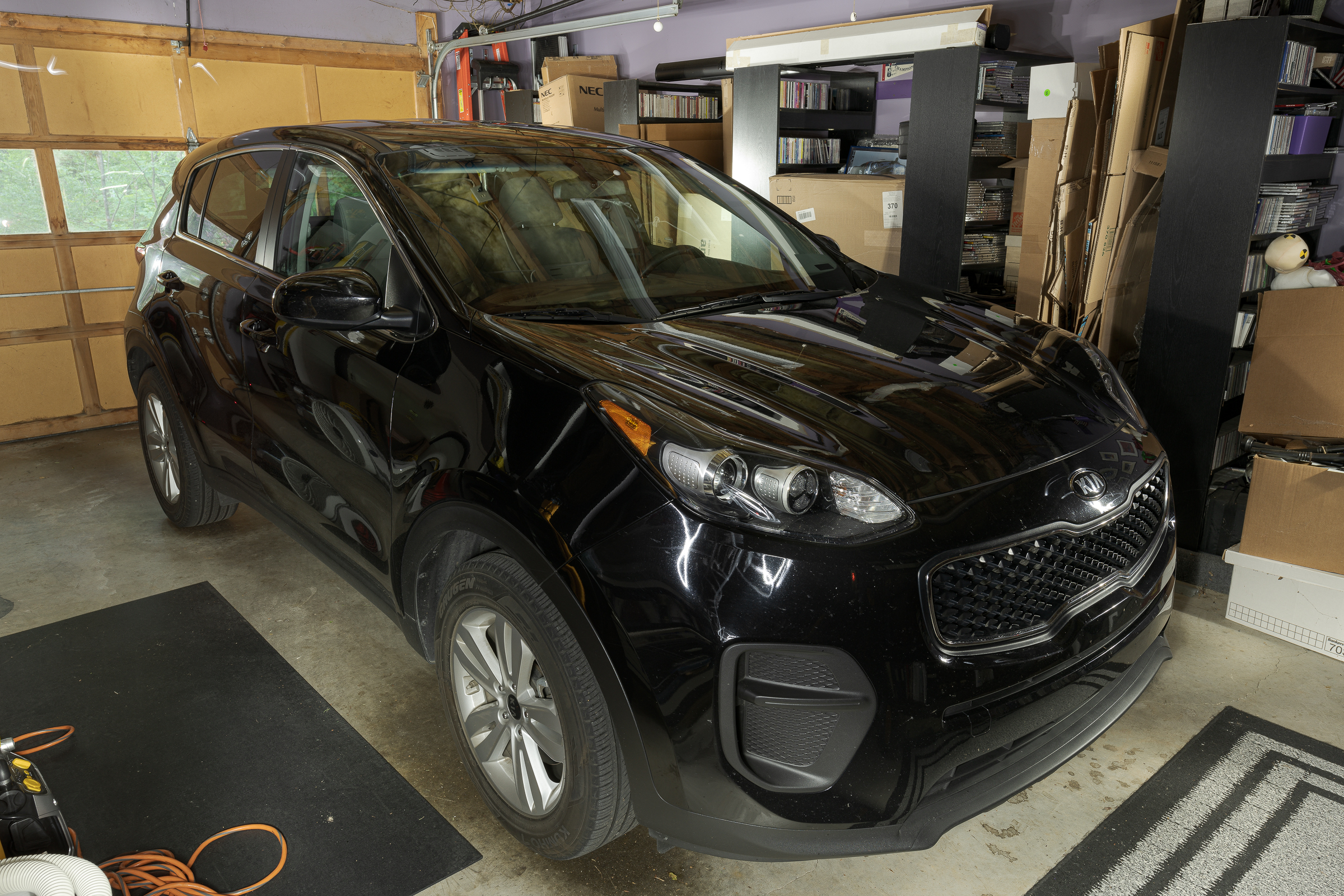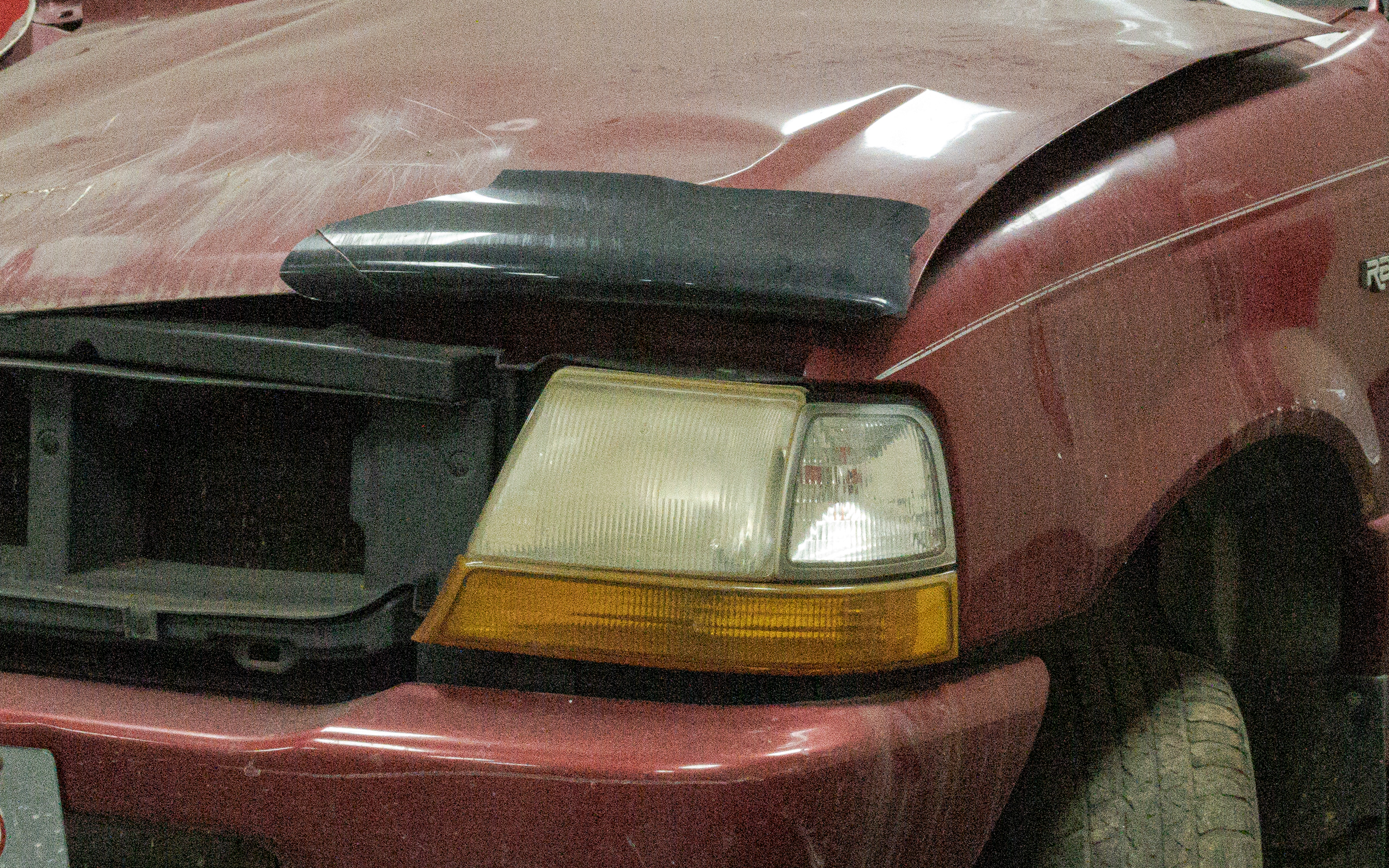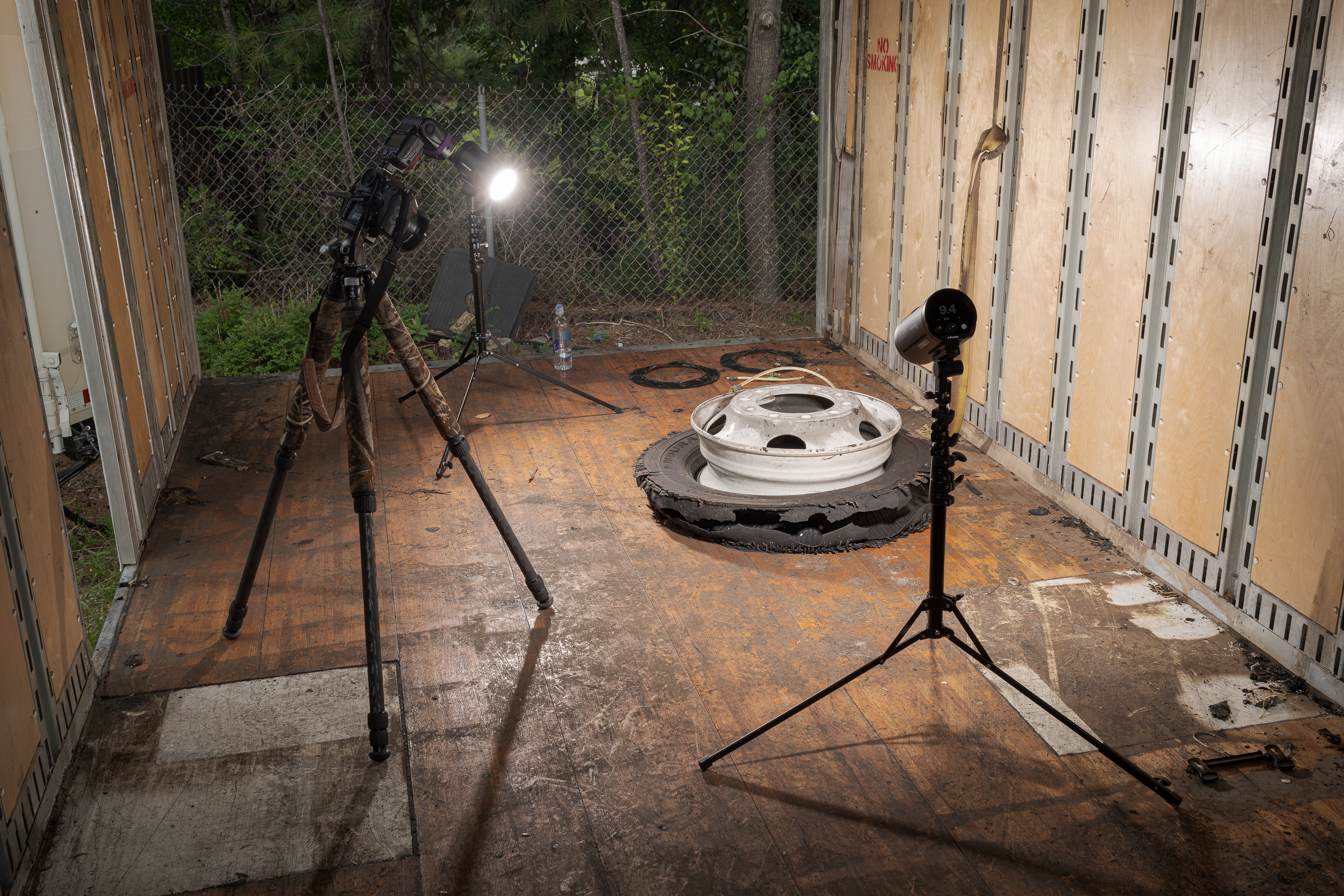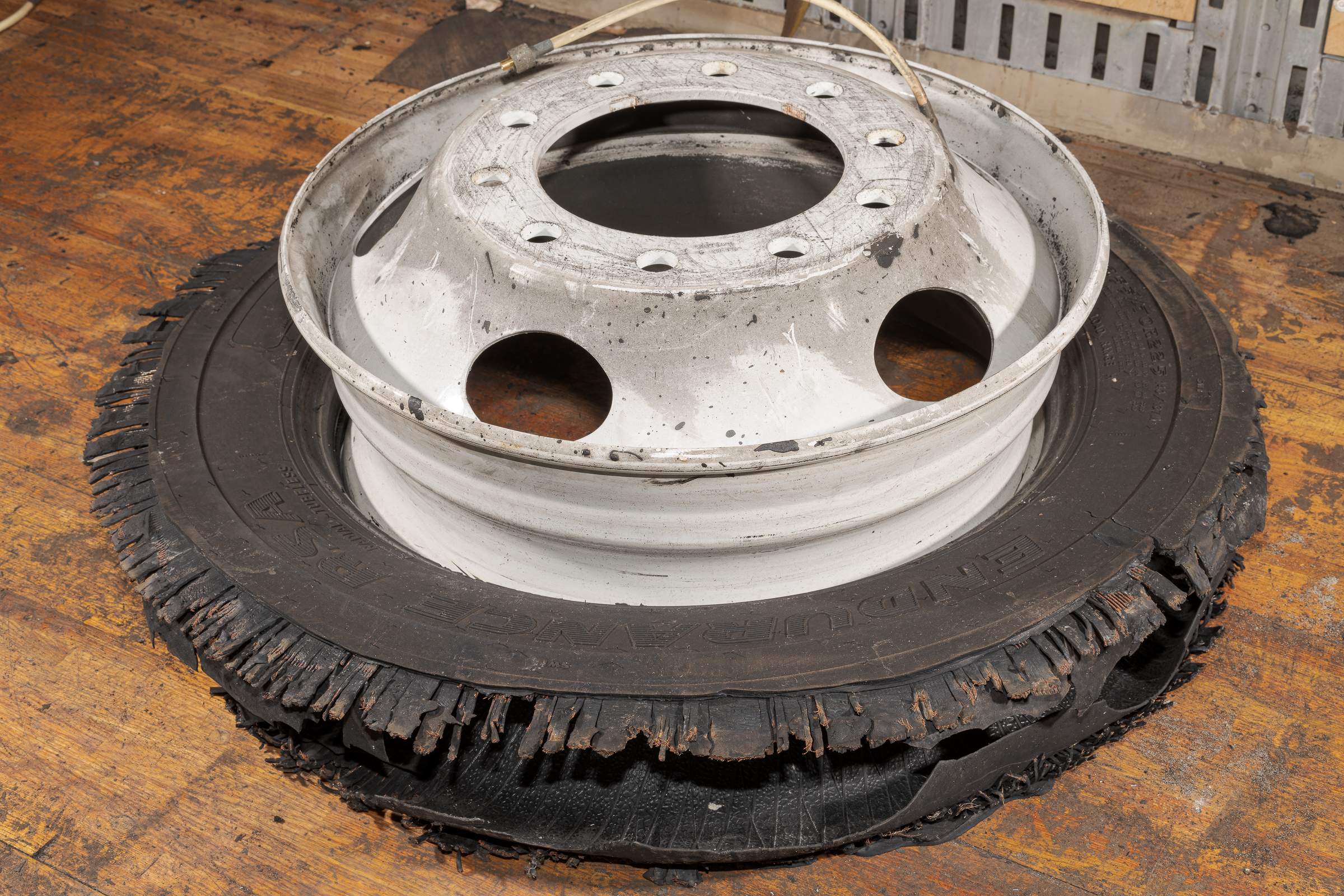Well, maybe not the abyss, but into a recess….
I needed to document the bolt holes on a wheel that came off the front of a pickup to show whether or not the wheel had been loose on its studs.
After making overall photos of the wheel and tire assembly, I made close-ups of the mounting surface and bolt holes from the back of the wheel. But on the outside of the wheel, the bolt holes were too deeply recessed to use a standard macro lens.
It was important to photograph the lug nut mating surface at the bottom of each recess, but it was nearly impossible both to get light down each recess and to fill the image frame with each hole. I wanted to get sharp, detailed, full frame images of the mating surface—not images cropped from a larger view.
The solution was the unique Laowa Probe lens. (I have previously discussed another unique Laowa super macro lens. I’ve found Laowa lenses to be well made and optically excellent.)
As the photo below shows, the Probe is a 16-inch long tube with a small diameter 24 mm lens surrounded by tiny LED lights at its end. You use a small USB power brick to power those LED lights. Laowa supplies a USB cable with a built-in dimmer switch, but you must supply the power brick. [Click on photo to enlarge, then click on back arrow to return to this post.]

Laowa offers the Probe with several different mounts for many popular DSLR and mirrorless cameras. I used the Nikon F-mount version of the Probe lens on my Nikon D850. Note that all versions of the Probe require manual focusing and exposure; there are no electronic connections between the Probe and any camera.
Fortunately, the lens barrel fit perfectly into the recessed bolt hole, allowing me to get a full frame image of the mounting surface at the bottom. All I had to do was to adjust the intensity of the LEDs, adjust the exposure, and click the shutter. [Click on photo to enlarge, then click on back arrow to return to this post.]

To steady the lens, manually focus, and keep the lens perpendicular to the bottom of the recess, I had the camera mounted on my rolling studio camera stand, which acted like an easily-adjusted tripod on wheels.
As you’ll see, the next two images made with the Probe lens required 0.5 and 0.3 second exposure times, respectively. That range of shutter speeds required that the camera be secured on a tripod to eliminate camera shake. Raising ISO to get handholdable shutter speeds would introduce noise, reduce detail, and reduce dynamic range. That would defeat the whole purpose of using the Probe to get sharp, detailed full frame images.
The first image I made for each paired hole (the wheel was drilled for two bolt patterns) was to show the bolt hole pair, while concentrating on the appropriate bolt hole. [Click on photo to enlarge, then click on back arrow to return to this post.]
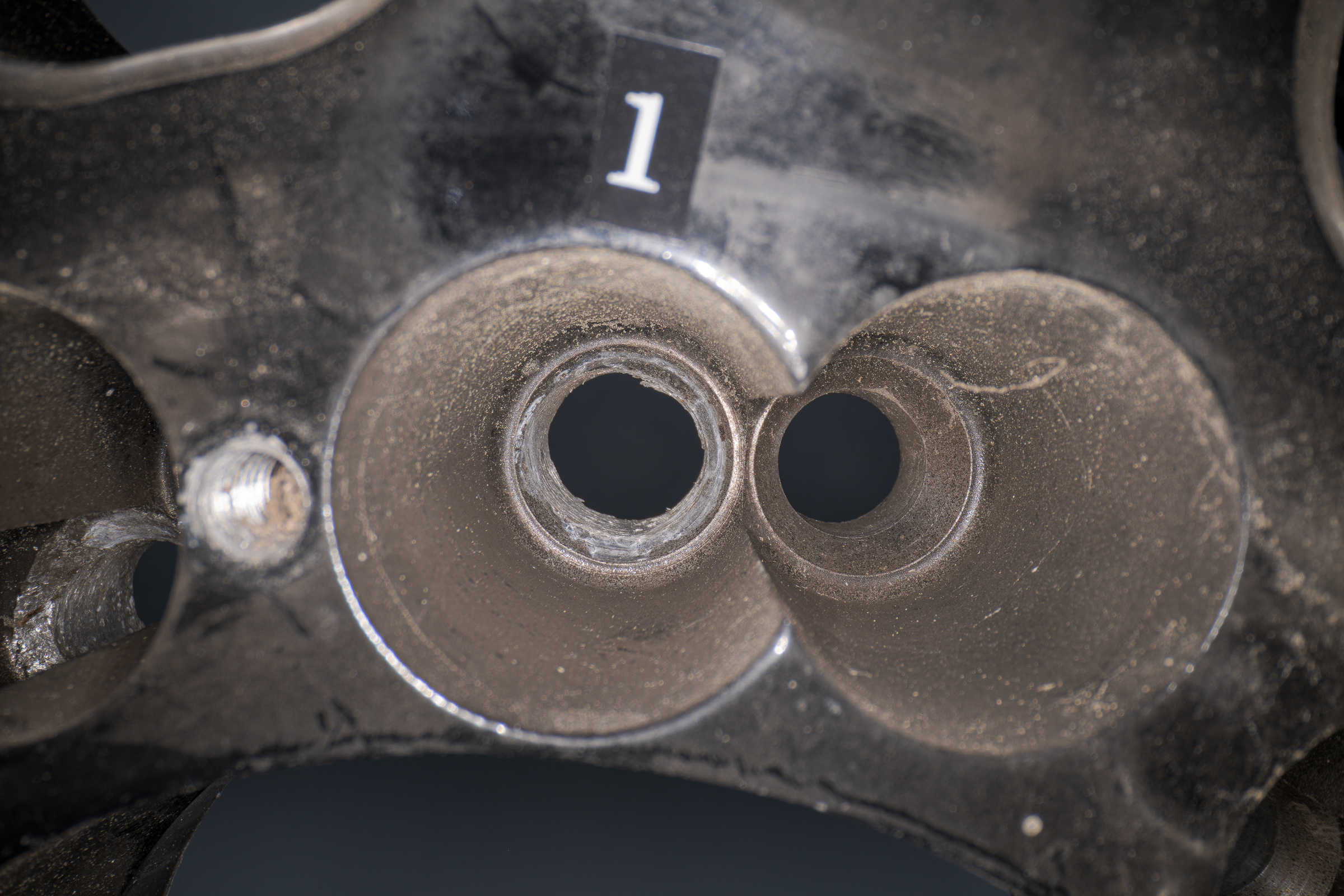
I then slid the end of the Probe deeper into the recess to fill the frame with details of the mounting surface. [Click on photo to enlarge, then click on back arrow to return to this post.]

I know of no other way to have attained this image without significant cropping and the inherent loss of detail and resolution.
Although it’s not a lens I use all that often, I’ve found the Probe unmatched for photographing inaccessible labels, fasteners, or other components, too. The built-in LED lights around the lens make it a really useful tool.
If you have (or anticipate) a singular need for it, you can rent one in just a day or two from someone like LensRentals.com at: https://www.lensrentals.com/catalog_search?q=laowa+probe.
Takeaways:
-1- The Laowa Probe (along with the more recent Peri-Probe) lens is a unique, specialized macro lens that can allow you to photograph areas that are otherwise inaccessible.
-2- The Laowa Probe lens allows you to capture all the resolution and detail of full frame images that would be lost with a significant crop.
-3- If you are stymied about how to photograph a challenging subject, you might be able to find a commercially available specialized solution.
-4- While it is preferable to have specialized lenses at your disposal, you can always rent lenses (or other photography gear) for infrequently encountered situations. Of course, you might find yourself using even seemingly specialized lenses more often if you own them and have them readily available.
